My NAS Build
I’m exploring a couple of the current OS’s available for a new NAS server I would like to build. Here’s a quicky of my current system:
- WAN-1 400/40 Cable ISP (Primary)
- WAN-2 6/6 (Secondary)
- pfSense Firewall/Router with Failover WAN
- (3) Dell Managed Layer 2 Switches, VLAN’s for house, shop and wireless
- CAT6 Throughout house and shop
- (3) NAS units with 30TB of RAID5 Storage
My intention is to build either a FreeNAS, NAS4Free, OpenMediaVault NAS, RockStor or similar system to replace my current unsupported, outdated, wheezing system. I don’t like the idea that the manufacturers no longer support any of the systems that I have and I can’t upgrade them at all. Both my Dell Workstations are fully loaded with resources and VirtualBox so I can test in the environments I would like to build.
Here’s a screenshot of my lab instance of FreeNAS in VirtualBox.

Since Microsoft played games with my MCSE certification requirements a few years ago, punks, I’ve moved almost entirely to Linux based systems. I do run some MS stuff just because I have applications that simply work better on them. Redhat and Cisco changed their certification process too and since I left the corporate life I really don’t see a benefit in spending all the time and money maintaining all of my certifications for projects that don’t require them. I still practice in a home lab to keep up on things but it’s not like the corporate environment at all. I do this shit in my pajamas watching TV and drinking coffee at my desk! I’ve grasped the whole rebel with the coffee cup around my lab!
Point is I was looking for a Linux based NAS. I built numerous VM machines, destroyed them, built them again and again before getting some of the features I wanted to actually work. I realized that I didn’t have the hardware to support what I wanted, go figure.
So……
I got my shit together and started sourcing parts for my NAS project. I decided to go the FreeNAS 11.1-U6 route for my system. The reason I did it was more from a technical aspect rather than a functional one. They both do much of the same things regarding volumes and arrays, however I was more comfortable with the terminology and the flow of FreeNAS. Too each his own. They both work well. They’re both free. It’s mine and I can do what I want. If I screw the whole thing up things might change.
First thing was a case that would house everything. I kind of knew what the internals were going to be generally so I needed to make sure I could put them all in a single case. I’m taking apart three NAS servers for the drives (13-3TB) but will shelve a couple to have as spares.
So here are some parts I’ve gathered up and where I sourced them.
LIAN LI PC-A76 Black Aluminum ATX Full Tower Computer Case
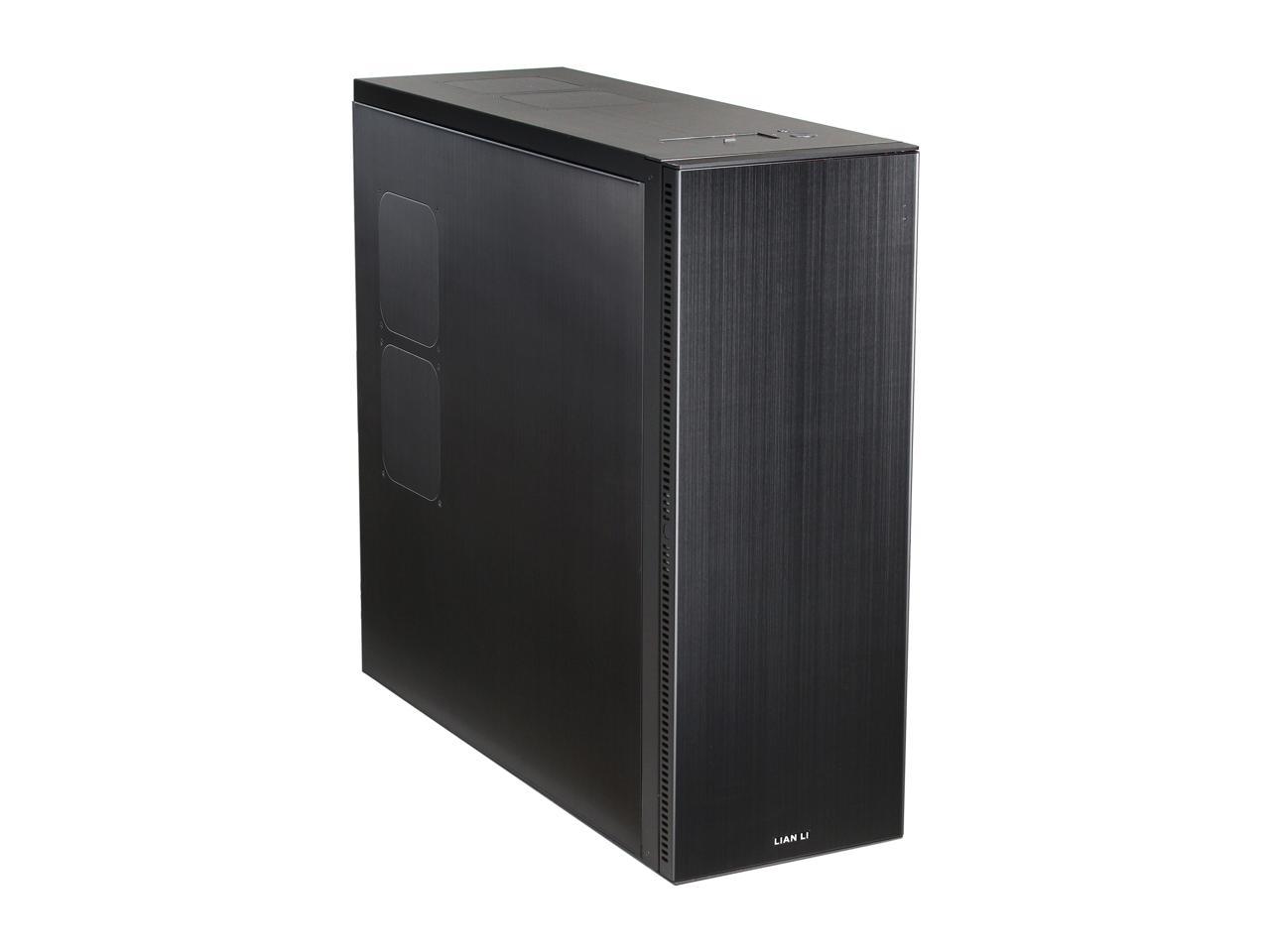
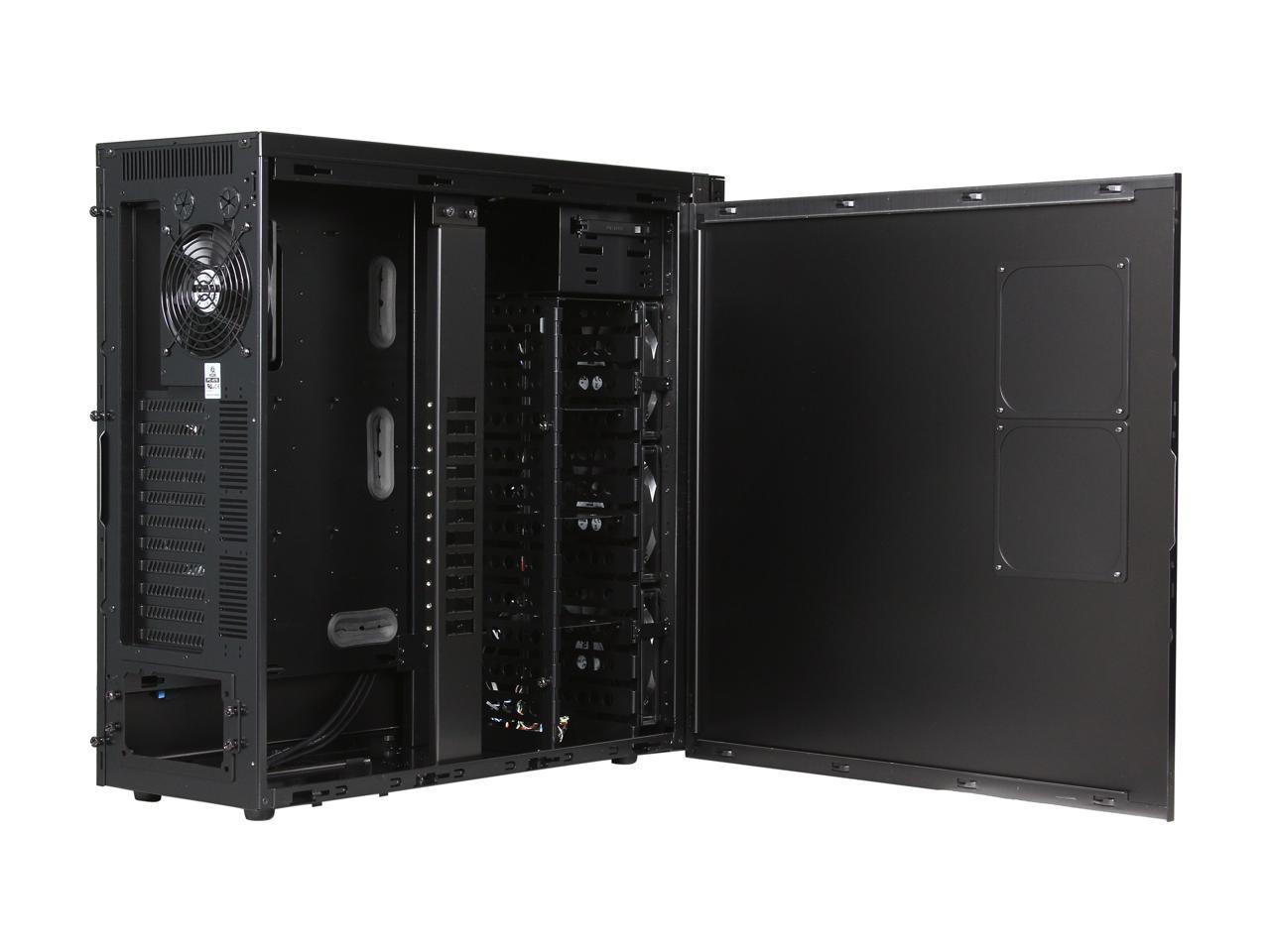

This case holds twelve 3.5in drives along with two 2.5in drives and looks to be manufactured really well. I can stuff a couple more drives into the two external slot drive bays because I don’t need an optical drive or floppy. When I priced hot-swap cases I found they were almost as expensive as this entire build. Used server equipment was an option too but it’s used and I wanted to have something new and that I built.
Next was a power supply. I did the math and it was a bit overkill when I chose this one. Industrial grade and a ten year warranty sold me.
CORSAIR RMx Series RM850x CP-9020180-NA 850W ATX12V / EPS12V 80 PLUS GOLD Certified Full Modular Power Supply
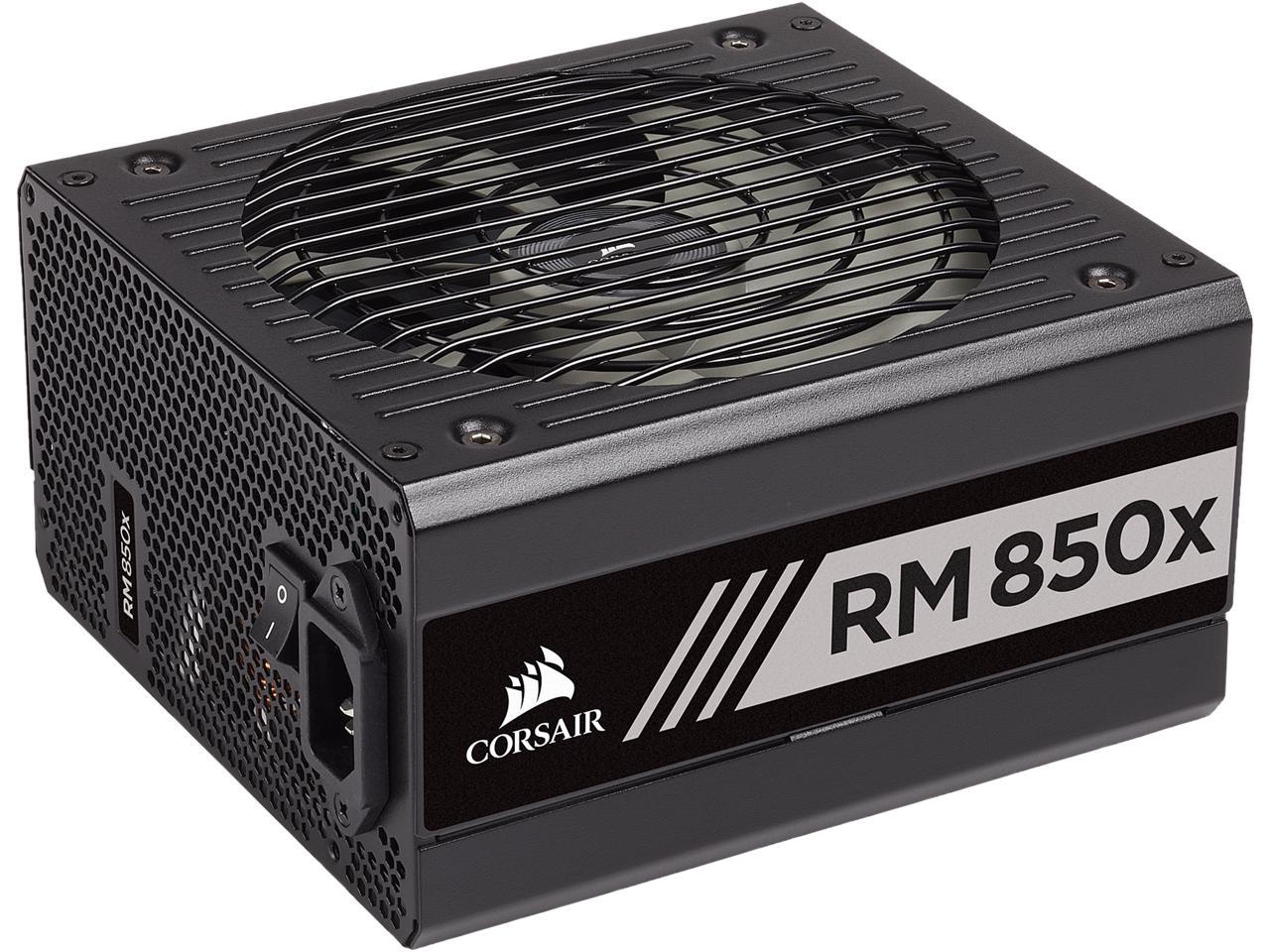
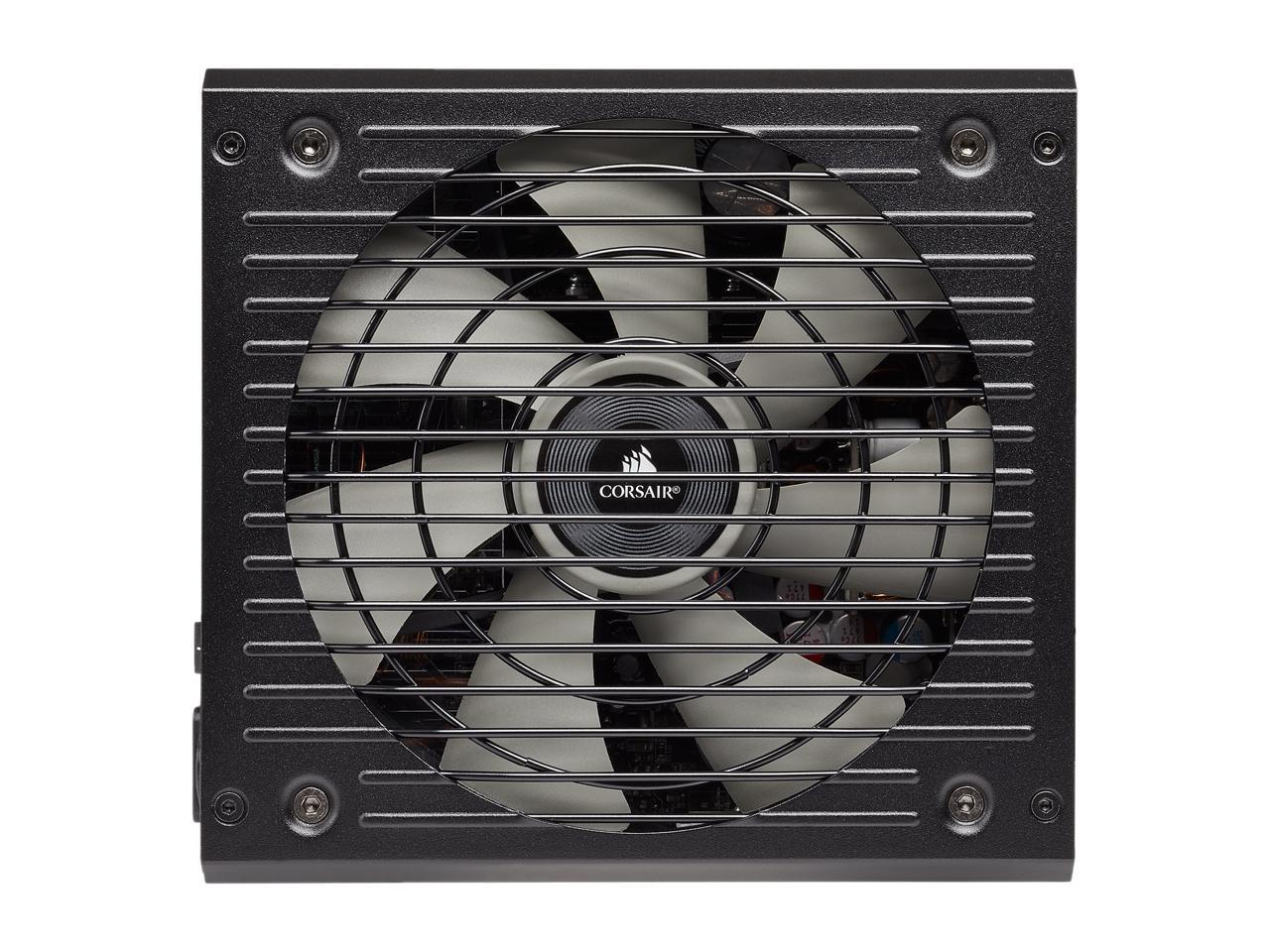
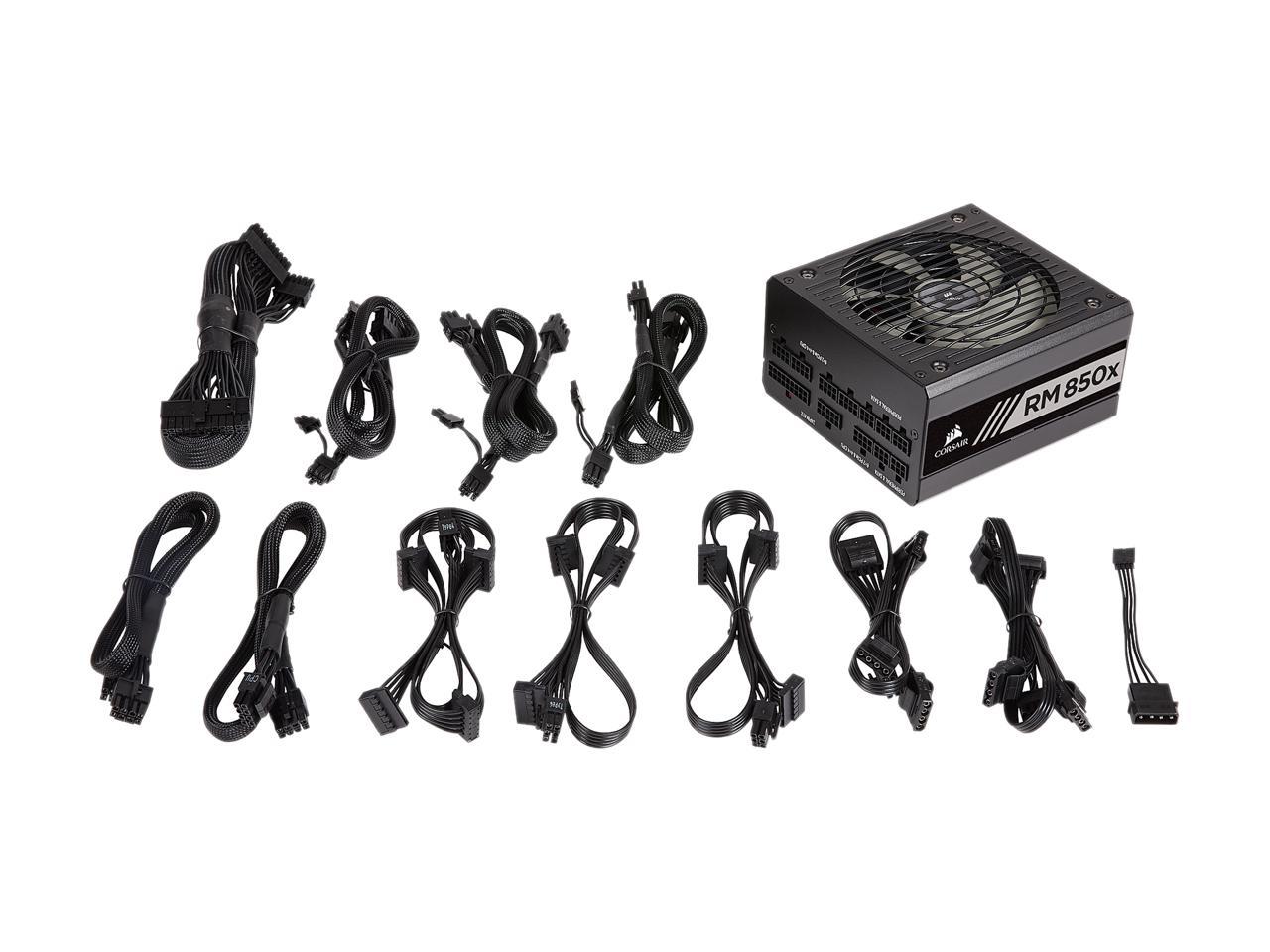
Now for a couple of the big ticket items!
Research, research, research!
FreeNAS.org is cool for the fact that they will ‘Proof of Concept’ your build for you. When I submitted my concept they went through the parts involved and offered advice as to changes I should make based on my application and if it were SOHO or for corporate use. The RAM was the only thing they convinced me to upgrade and it was type not quantity. So I selected a Supermicro Server board.
Supermicro Micro ATX DDR4 LGA 1151 Motherboards X11SSM-F

Since storage doesn’t need a ton of processor power I saved a bit by going with a single Xeon CPU. I don’t intend to transcode video out to my TV and I normally build VM slices on my Dual Xeon workstation for proof of concept. That whole pajama’s and coffee thing again.
Intel Xeon E3-1225 Processors BX80677E31225V6

From researching I found a few things about FreeNAS and how and what I wanted to do with it. You can build individual VM slices from within the application. They are basically the same as VirtualBox and VMWare. You can also run applications inside those applications such as Plex Media Server and other multimedia programs. I have a large video and music collection and those options were attractive since I’ve always wanted a way to consolidate it all. I’m a huge fan of Cloud technology and am paying Digital Oceans light bills with all of the things I have there. The idea I can bring some of it in house with pieces of the same basic technology is kind of cool. Hell! I’ll never leave the house…except I live in a dinky town and Safeway.com doesn’t deliver here.
Back to parts! So all of that was walking toward explaining the memory. FreeNAS is a hog. Those slices I spoke of are hogettes. Plex is simply a swine! I originally chose 32GB of standard non-ECC RAM. FreeNAS looked and said I should use ECC. Newegg Business sweetened the deal and I jumped. Twice! I ended up with 64GB of ECC server quality RAM.
***UPDATE***
***NOPE*** Black Diamond Memory 64GB (4 x 16GB) 288-Pin DDR4 SDRAM ECC Registered DDR4 2133 (PC4 17000) Server Memory Model BD16GX22133MQR26***/NOPE***
Stupid me mistake. I didn’t read the requirements of the mother board correctly! DUH! I had to return and reorder ECC “Unregistered” RAM. Same quantity.

I added a couple of SSD drives to act as the boot system for the OS. These will be mirrored to each other so we eliminate the single point of failure. It also keeps the boot OS on its own drive so we can utilize ZFS when we build our storage pools.
***UPDATE***
***NOPE***WD Green 240GB PC SSD – SATA III 6Gb/s 2.5″/7mm Solid State Drive – WDS240G2G0A***/NOPE***
These didn’t work for me. When I installed them I got a lot of errors and they wouldn’t stripe. I reordered WD Blue in the same size and they worked fine.
WD Blue 3D NAND 250GB PC SSD – SATA III 6 Gb/s 2.5″/7mm Solid State Drive – WDS250G2B0A

I added a couple drives to freshen up my system. Five of these:
WD Red 8TB NAS Hard Disk Drive – 5400 RPM Class SATA 6Gb/s 256MB Cache 3.5 Inch – WD80EFAX
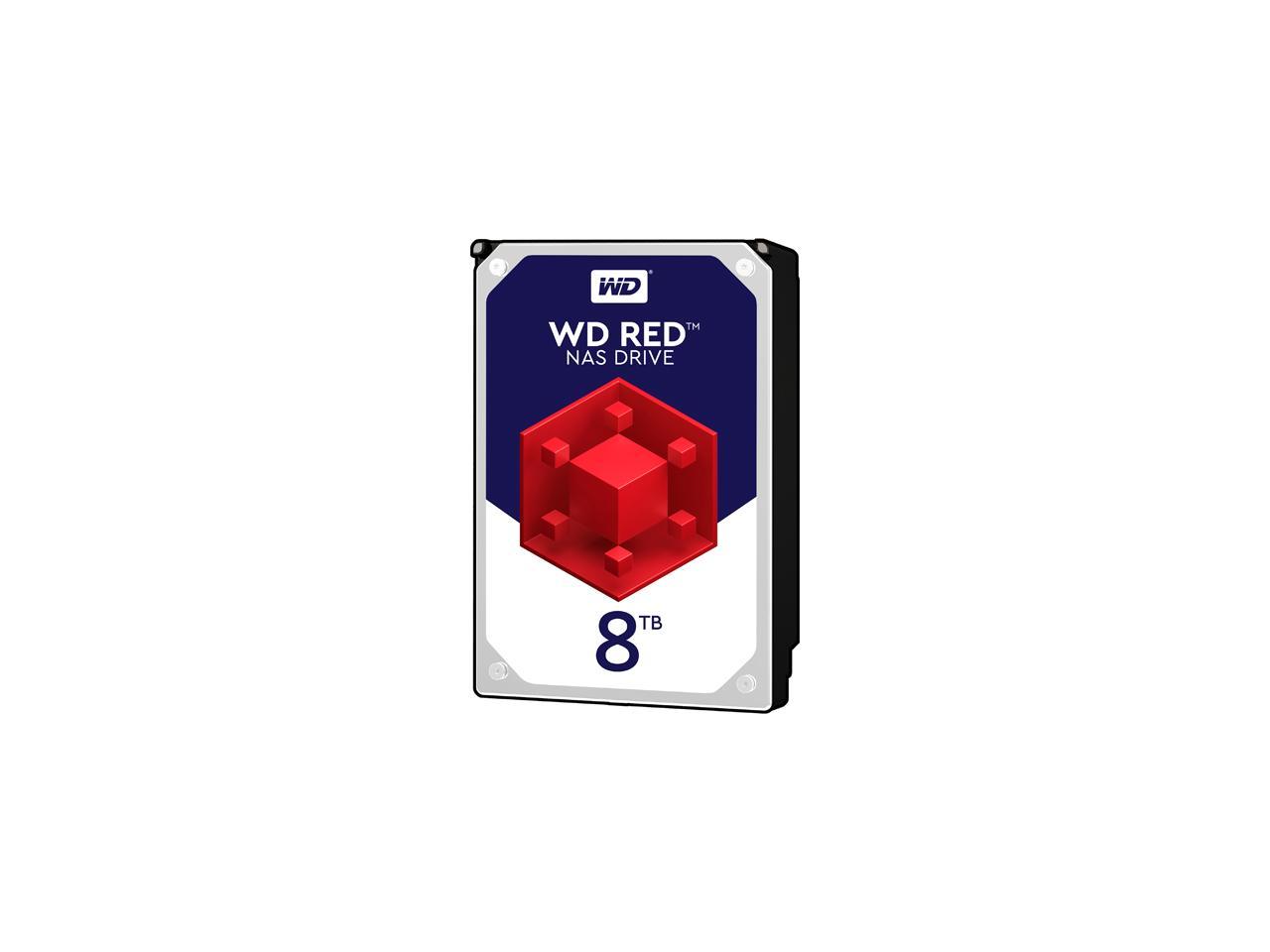 In the end I’ll get a 250GB RAID1 SSD Boot OS, around 40TB of ZFS structured storage along with a robust VM server and a Media/ Plex Server. I added a managed APC UPS with the intention of making the system adapt to power issues and shutdown and wake on any power drops.
In the end I’ll get a 250GB RAID1 SSD Boot OS, around 40TB of ZFS structured storage along with a robust VM server and a Media/ Plex Server. I added a managed APC UPS with the intention of making the system adapt to power issues and shutdown and wake on any power drops.
I dreamed it all up….now I have to build it!
**Update**
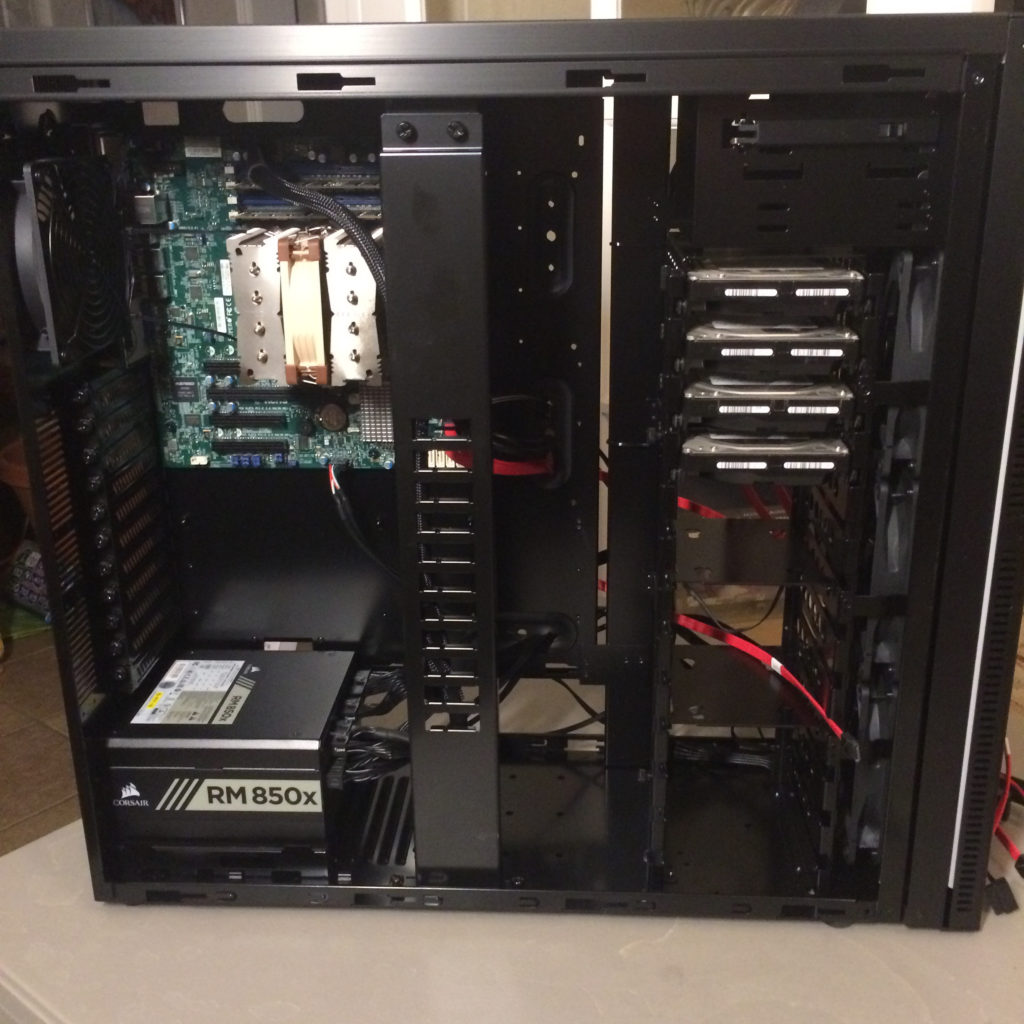 So I got most of the parts. Still missing the one to fire it up, go figure! SSD drives that hold the OS. I already ranted on the whole ‘Small Town Living‘ thing so I’ll save you from hearing it again. Moving the files from the first of three soon to be retired NAS boxes was dreadful. Even more painful was the knowledge that I really didn’t care if I lost some of it. There’s about 2500 HD movies and about a million tracks of music in these NAS boxes. There’s a personal reason and story attached to all of it. I might tell it one day, or not. Also in the storage is all of the photos from my past life. Raising kids generate a shit load of pictures.
So I got most of the parts. Still missing the one to fire it up, go figure! SSD drives that hold the OS. I already ranted on the whole ‘Small Town Living‘ thing so I’ll save you from hearing it again. Moving the files from the first of three soon to be retired NAS boxes was dreadful. Even more painful was the knowledge that I really didn’t care if I lost some of it. There’s about 2500 HD movies and about a million tracks of music in these NAS boxes. There’s a personal reason and story attached to all of it. I might tell it one day, or not. Also in the storage is all of the photos from my past life. Raising kids generate a shit load of pictures.
We both work at home so share drives and backup mirrors for our workstations is important to us. I’d like to start weaning myself away from Digital Ocean for some of the backup and storage I currently do for our production websites. Don’t get me wrong, I am a huge fan of Digital Ocean. As a proof of concept platform I can build a huge network of machines, in any flavor of OS, and test in the amount of time it would take to make coffee.
Recent Comments